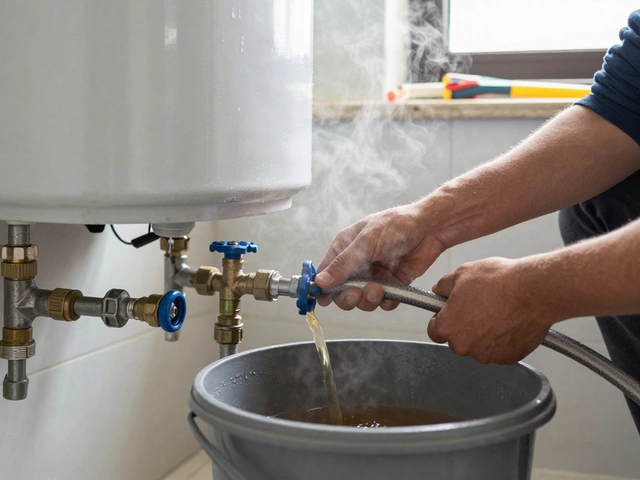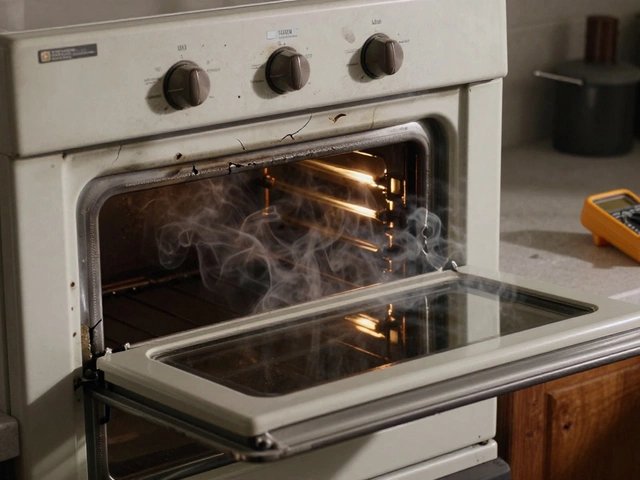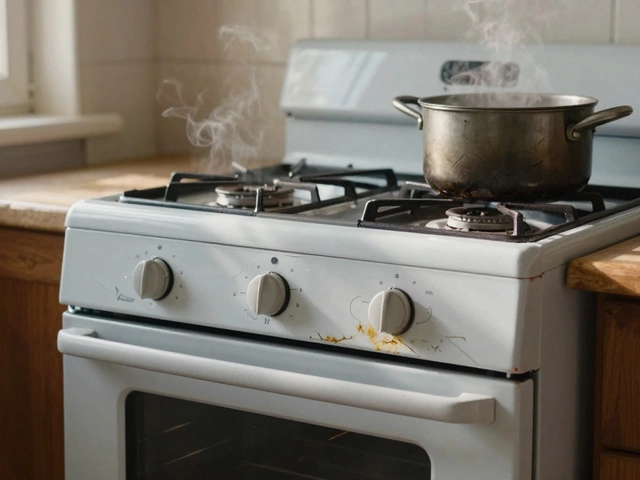Hot Water Heater Signs You Shouldn't Ignore
Ever step into the shower and get a splash of cold water halfway through? Or hear a loud rumble from the utility cupboard? Those are classic clues that your hot water heater is trying to tell you something. Spotting the warning signs early can save you from a cold surprise and a costly repair bill.
Common Warning Signs
Lukewarm or No Hot Water – If the water never gets hot enough, or you suddenly have no hot water at all, the heater is probably struggling. It could be a faulty thermostat, a broken heating element, or simply a build‑up of sediment that blocks heat transfer.
Inconsistent Temperature – Hot, then cold, then hot again? That flickering often points to a bad thermostat or a failing heating element that can’t keep a steady heat level.
Strange Noises – A rumble, popping, or banging sound is usually caused by sediment at the bottom of the tank. As the water heats, the sediment burns and makes noise. It’s a sign you should flush the tank soon.
Leaks Around the Base – Water pooling on the floor means the tank’s inner lining may be corroded. Even a small leak can get worse fast, so treat it as an urgent issue.
Rusty or Discolored Water – If the water coming out looks brown or has a metallic tint, rust is getting into the tank. That often means the tank is aging and may need replacement.
Higher Energy Bills – A sudden jump in electricity or gas costs can signal that the heater is working harder than it should because of wear or sediment buildup.
Pilot Light Keeps Going Out (Gas Heaters) – If the little flame keeps blowing out, the thermocouple or gas valve could be failing.
Reset Button Trips Frequently – An electric heater has a reset button for safety. If it trips often, there’s an internal fault that needs a professional look.
Foul Odors – A rotten egg smell means the anode rod, which stops corrosion, is worn out. It’s a warning you should replace the rod before the tank rusts through.
What to Do Next
First, turn off the heater—electric at the breaker, gas at the shut‑off valve. Check the pressure‑relief valve by lifting its lever; water should flow out briefly. If it’s stuck, that valve itself may need replacement.
Next, try flushing the tank. Connect a garden hose to the drain valve, open it, and let the water run until it’s clear. This simple step can reduce noise and improve efficiency.
If you notice any leaks, rust, or the heater is more than 10‑12 years old, call a qualified technician. They can test the thermostat, heating elements, and replace worn parts. Trying to fix a gas leak or major electrical component yourself is risky.
When you call a pro, mention the specific signs you’ve observed. A clear description helps them bring the right tools and parts, saving you time and money.
Regular maintenance—checking the anode rod, flushing the tank once a year, and keeping the area around the heater clear—keeps most problems at bay. Set a reminder in your calendar; a few minutes every spring can extend the life of your heater by years.
Bottom line: if your hot water heater is making noise, leaking, or delivering cold water, treat it as a red flag. Simple checks can tell you whether a quick fix will do or if it’s time for a replacement. Stay ahead of the problem, and you’ll enjoy steady hot showers without the surprise of a chilly dip.
14 August 2024
·
0 Comments
Hot water heaters are essential in ensuring comfort and functionality in any home. Knowing when to replace them can save you time and money. This article highlights common signs indicating a need for replacement, such as age, inefficiency, leaks, and unusual sounds. By understanding these signals, you can make informed decisions about your home's water heating needs.
Read more






